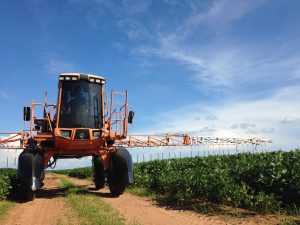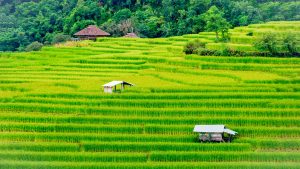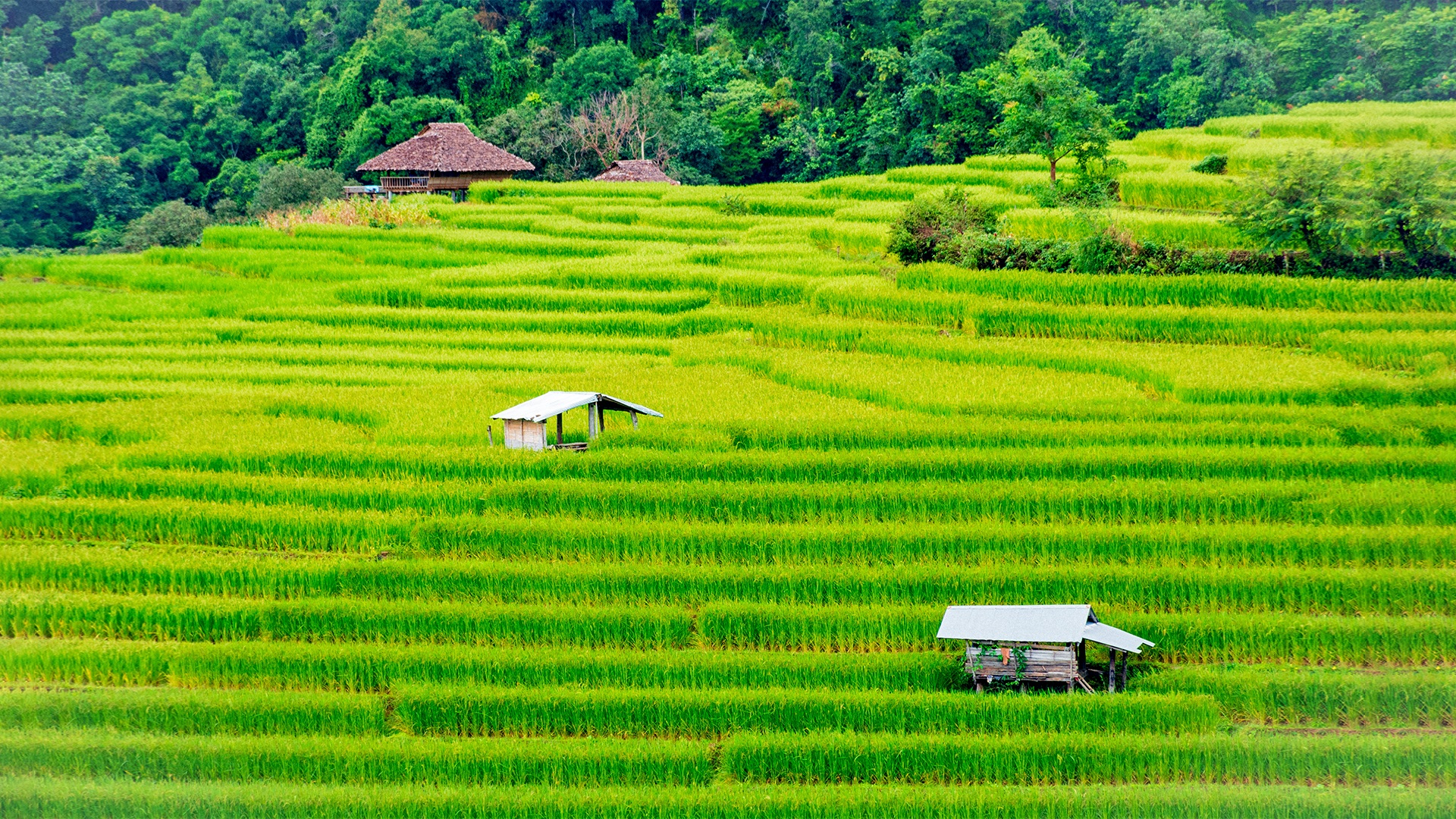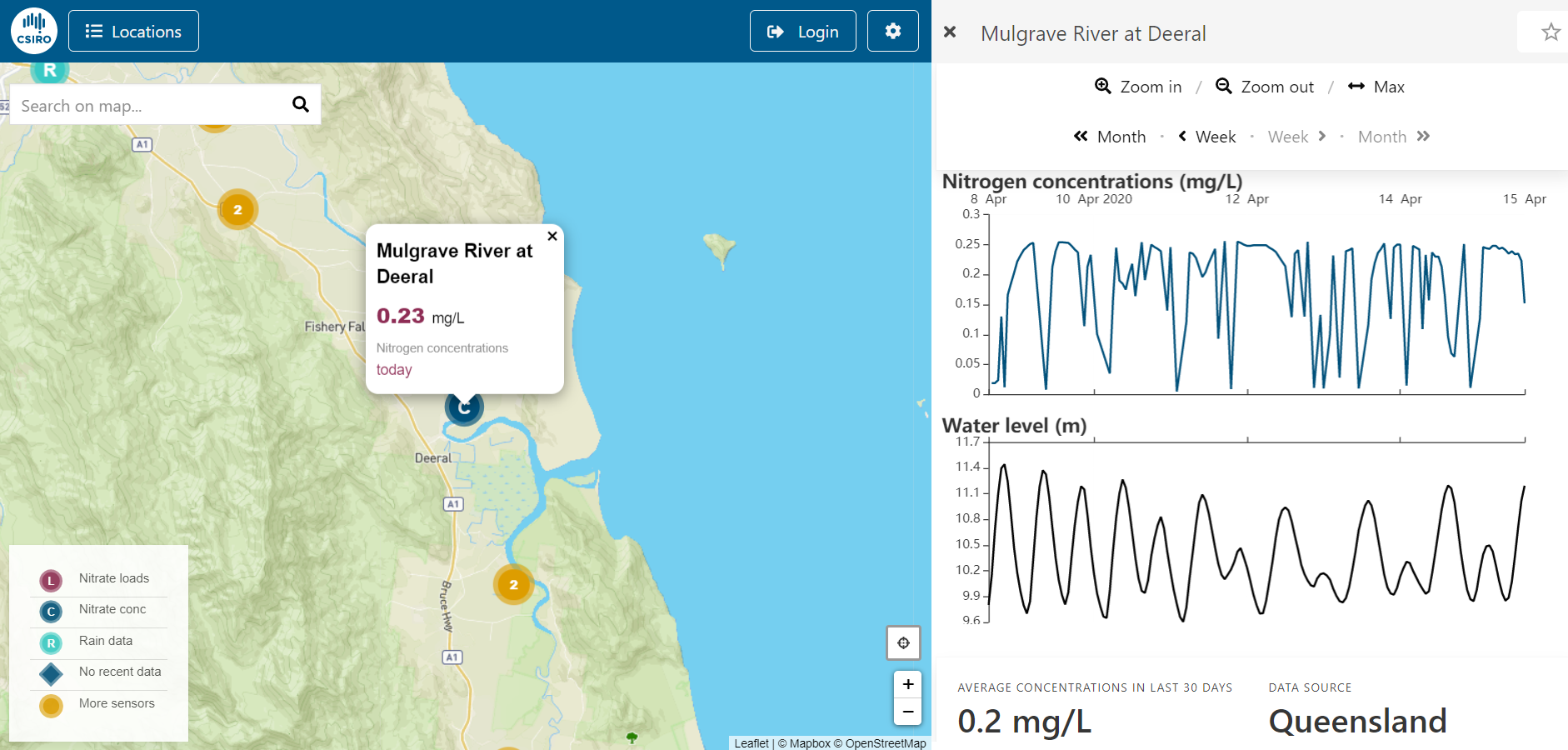More than 40,000 different varieties of rice are grown on every continent (except Antarctica), making rice one of the world’s best-loved food crops. And according to new findings from U.S. Department of Agriculture (USDA) researchers, rice crops also have a secondary function: They keep pesticides and other contaminants out of vulnerable waterways.
The problem with pesticides
According to U.S. Environmental Protection Agency estimates, farmers apply nearly 1 billion pounds of pesticides each year to protect crops covering more than 2.2 billion acres of U.S. farmland. When it rains, stormwater runoff sweeps away chemicals in these pesticides, often bringing them into contact with nearby streams, ponds, or other waterways.

Stormwater runoff carries farm pesticides into waterways, resulting in nearly 1900 water quality impairments throughout the U.S., according to U.S. Department of Agriculture (USDA) researchers. Existing methods of curbing pesticides in runoff are often too cost-ineffective or burdensome for many farmers to adopt, says USDA research ecologist Matthew Moore. Photo courtesy emersonbegnini/Pixabay.
Contamination from pesticides is responsible for nearly 1900 water quality impairments in the U.S., according to USDA researchers.
Farmers can take steps to reduce runoff risks – such as implementing green infrastructure or using eco-friendlier pesticides – but doing so is rarely cost-effective for most small-scale farmers. That’s why the USDA team, led by research ecologist Matthew Moore, sought more accessible alternatives.
“We wanted something that was common, that could be applied in a lot of different places, but something that’s non-invasive,” Moore said.
Growing up on his family’s farm in northeastern Arkansas before joining the USDA Agricultural Research Service’s Water Quality and Ecology Research Unit (Oxford, Miss.), Moore used his experience to identify a win–win solution.
“We’re big rice farmers,” Moore said. “Cheesy as it sounds, I was driving around trying to look for some inspiration and it just hit me: What about rice?”
Both a buffer and a cash crop
Rice, like many other plants, naturally strips contaminants from the water, soil, and air surrounding it. However, achieving meaningful gains for water quality requires farmers to plant a large amount of rice crops in strategic locations.

Considered a staple crop by some 20% of the world’s population, rice is grown on every continent (except Antarctica) for its value as food. According to a recent USDA study, planting rice crops also could represent a low-effort way for farmers to reduce pesticide concentrations in runoff by up to 97%. Photo courtesy
WilliaM_oNG/Pixabay.
Moore says rice is a good candidate for phytoremediation because of its ubiquity and utility. Rice is considered a staple food crop for at least 20% of the world’s population and offers financial returns for those who plant it.
Further research is required to determine whether eating rice crops used for phytoremediation poses health risks, Moore says. If it doesn’t, rice could represent a way for under-resourced farmers to minimize their environmental effects without damaging their bottom line.
“It’s potentially huge for developing countries to be able to use this as a crop and water cleaning technology,” Moore said.
To test the theory, Moore and his team planted four fields, each measuring 244m2. They seeded two of those fields with rice crops, leaving the other two barren. Then, researchers flooded all fields with the common pesticides atrazine, diazinon, and permethrin, as well as simulated stormwater to mimic runoff conditions. Running the experiment for two consecutive years, the researchers monitored pesticide loads in water, sediment, and plant samples taken from each field.
Compared to the barren fields, samples from the rice fields consistently contained up to 97% lower pesticide concentrations, according to study results.
Moore and his team are now diving deeper into their findings to determine the full range of pesticides that rice can remediate as well as identify possible health risks after farmers harvest the rice. Those findings will help illuminate best practices for farmers to follow, such as whether to plant rice in existing drainage ditches or in other strategic spots.
“Dreaming big, eventually we could get to the point where you could use rice fields as constructed wetlands,” Moore said.
Read the USDA team’s study in the Journal of Environmental Quality.





